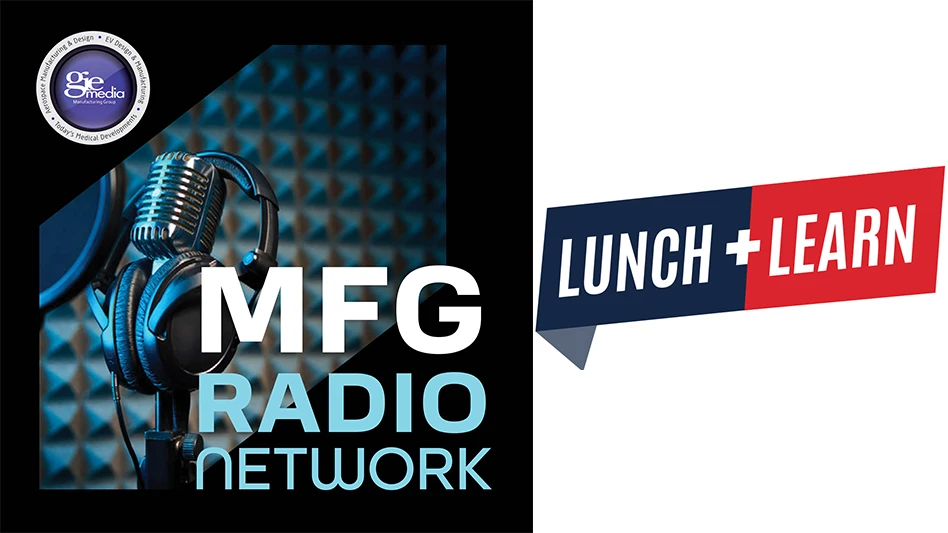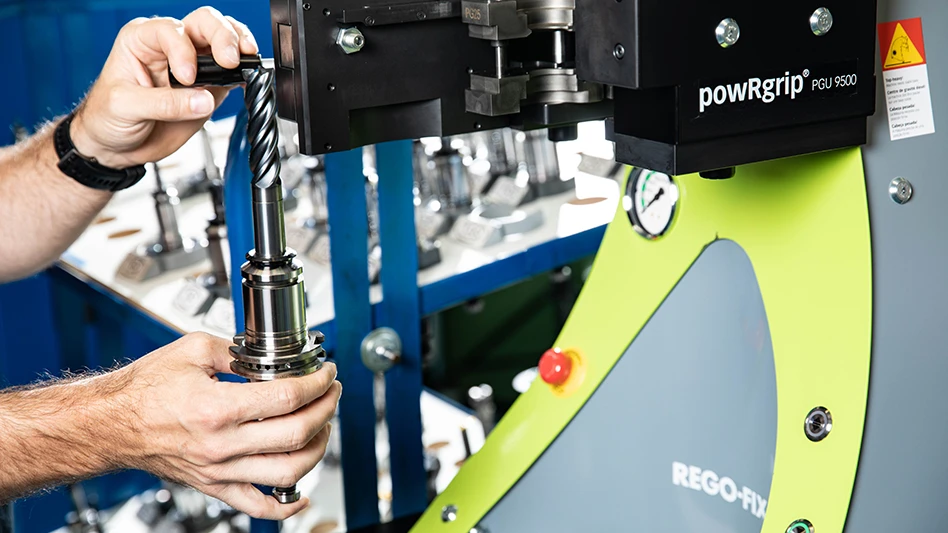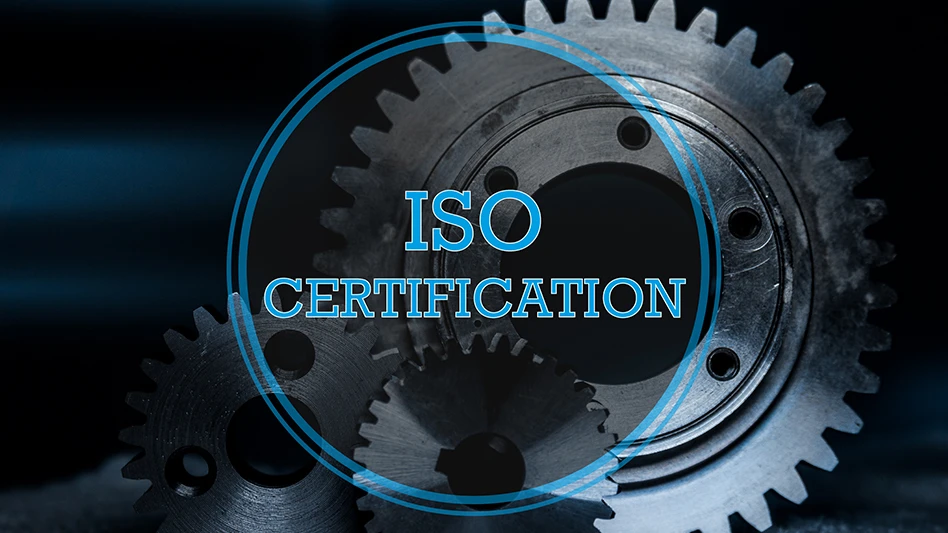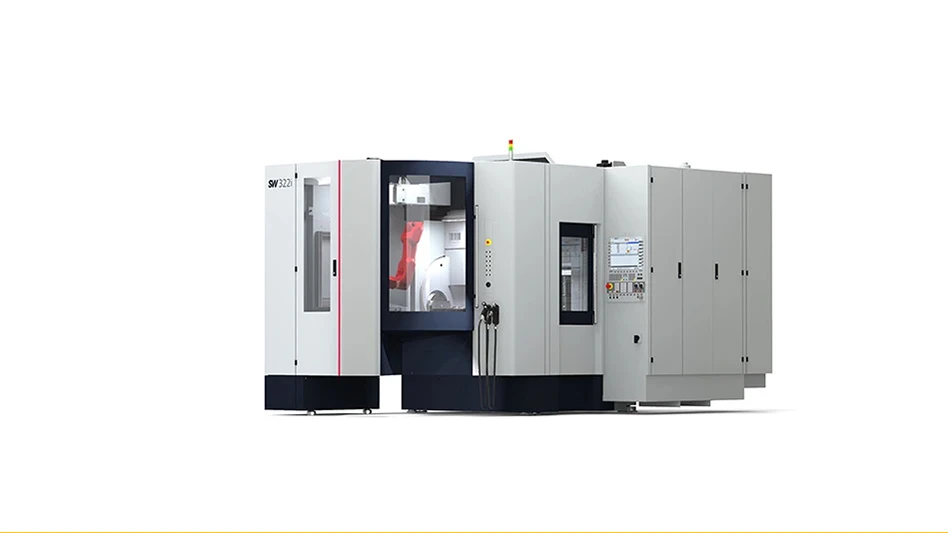
More than 25 years ago, an article in the MIT Sloan Management Review (tinyurl.com/y8azhv6p) looked at how Western manufacturers were using new techniques and technologies to improve manufacturing in response to international competitive pressures:
Two dominant manufacturing strategies have emerged. One is the just-in-time (JIT) manufacturing system… The other is the computer-integrated manufacturing (CIM) approach.
CIM links islands of automation, information, and advanced flexible production technologies throughout the company. Sounds a lot like Industry 4.0.
The article considers both systems’ impact on organizations, noting they share the idea that reduced system throughput time is key to improving manufacturing productivity. But there is one caution from the authors:
CIM implies many assumptions about the capabilities of information and flexible manufacturing technology as well as the outcomes of its usage… we believe that researchers and manufacturing managers should rethink the use of advanced technologies.
Wait, they suggested not investing in advanced technologies? Not completely:
It could be more productive to redesign the organizational structure before implementing available technology than to hope the technology will bring about manufacturing effectiveness. Investments in flexible technologies should then be considered as a last resort and used to handle variability that cannot be reduced through more efficient means.
This immediately made me think of IMTS 2018, because 25 years after this article, CIM is booming, only it’s progressed, been refined, and is referred to as Industry 4.0. Originating under a German government program promoting computerization of manufacturing, Industry 4.0 calls for creating smart factories through enterprise-wide automation, which can allow for development of new business models that may contribute to new ways of interaction across the entire supply chain.
So, where better to learn about how Industry 4.0 supports advanced manufacturing technologies than at IMTS 2018 when Hannover Messe USA premiers as a co-located show? Hannover Messe – known for industrial digitalization and automation trends working in harmony with machine tool technology – might not be what the authors recommended in 1993. They could not have imagined that today, Industry 4.0 connects equipment and data, delivering increased manufacturing productivity and precision.
Elizabeth Engler Modic, Editor
emodic@gie.net


Explore the August 2018 Issue
Check out more from this issue and find your next story to read.
Latest from Today's Medical Developments
- Tariffs threaten small business growth, increase costs across industries
- Feed your brain on your lunch break at our upcoming Lunch + Learn!
- Robotics action plan for Europe
- Maximize your First Article Inspection efficiency and accuracy
- UPM Additive rebrands to UPM Advanced
- Master Bond’s LED415DC90Med dual-curable adhesive
- Minalex celebrates 60 years of excellence in miniature aluminum extrusions
- Tormach’s Chip Conveyor Kit for the 1500MX CNC Mill





